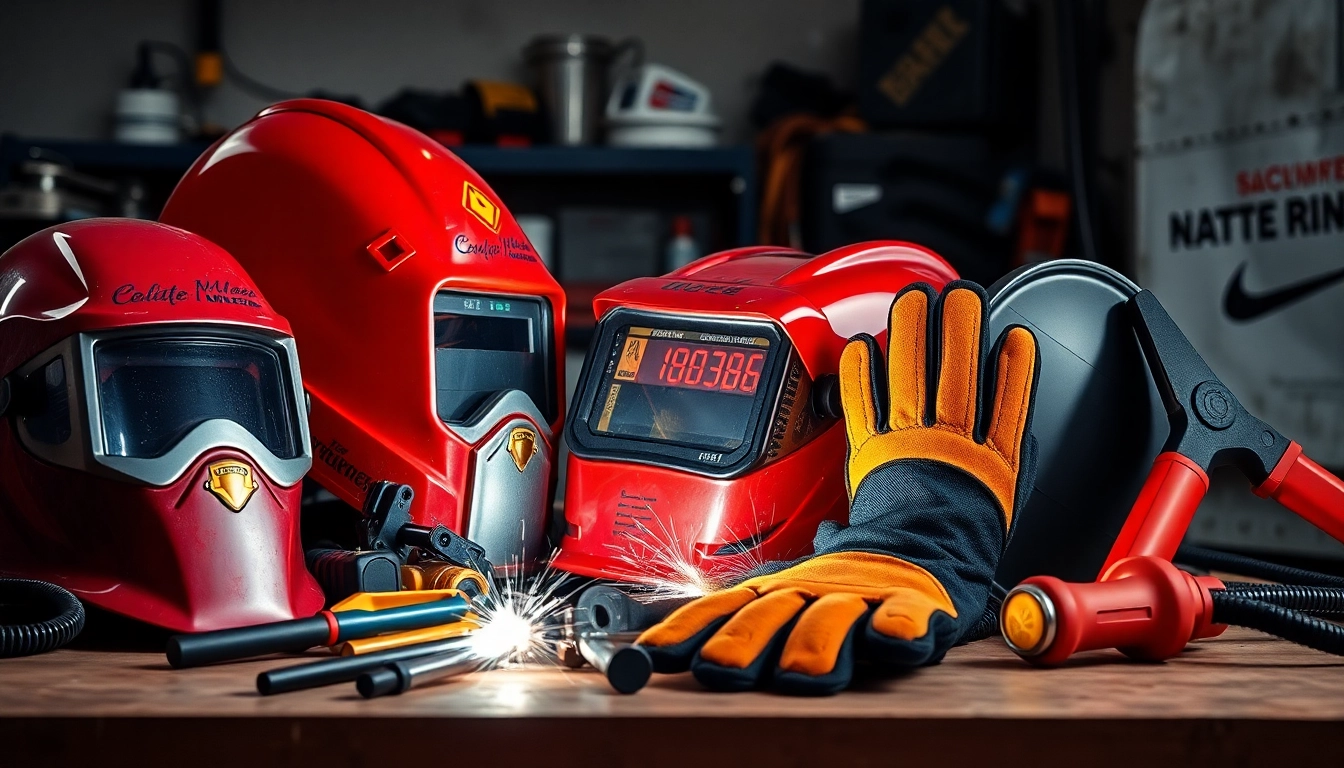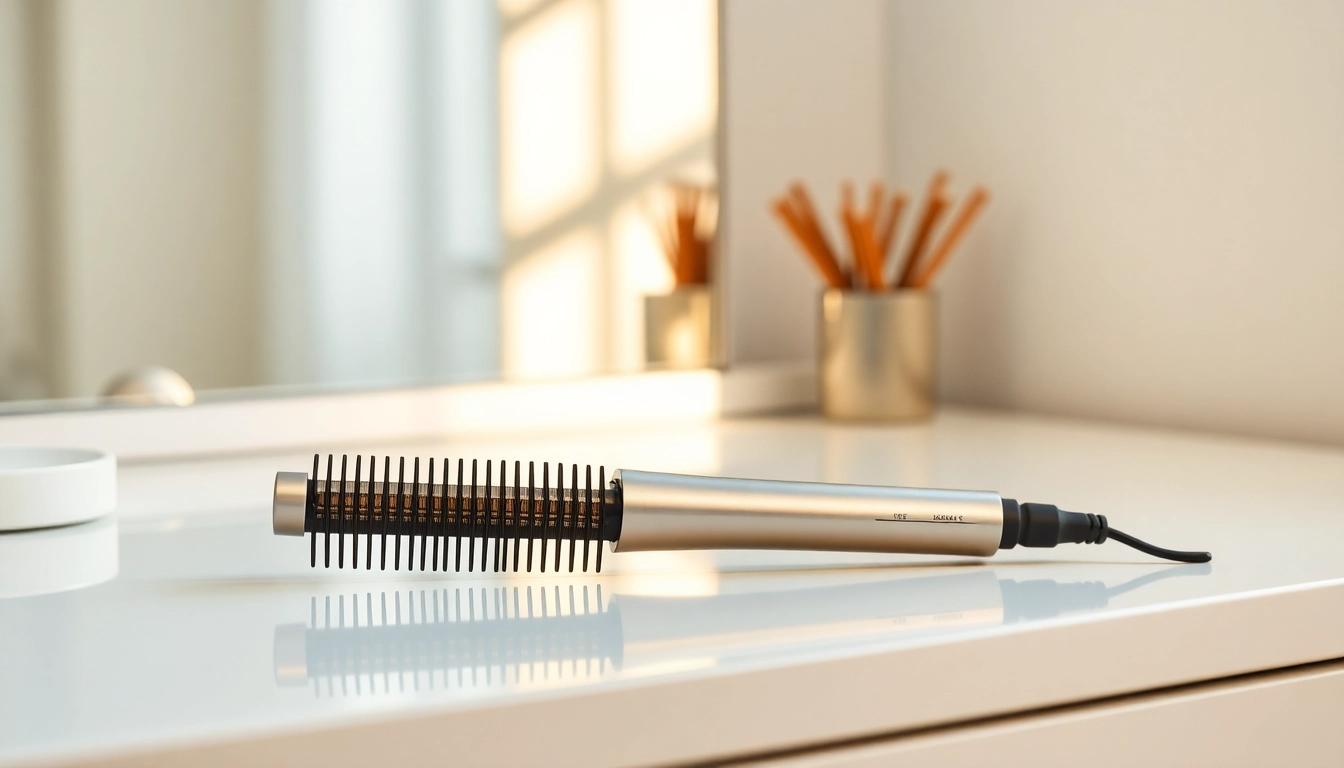Introduction to Welding Supplies
Welding supplies are essential components for various welding procedures that provide a seamless and robust bond between metals. For enthusiasts, hobbyists, and professionals in the welding industry, having access to quality welding supplies is paramount to achieving efficient results. A broad range of equipment and tools is needed, tailored to different welding processes and techniques. This article will explore the importance of welding supplies, their categories, essential gear, and how to procure and maintain them effectively.
What are Welding Supplies?
Welding supplies encompass all materials, tools, and safety equipment related to the welding process. This includes but is not limited to welding machines, protective gear, welding rods, and gas cylinders. The role of these supplies is crucial as they ensure that welds are strong, safe, and up to industry standards. Understanding the types of welding supplies available can significantly ease the process of selecting the right equipment for specific jobs.
Importance of Quality Equipment
The importance of high-quality welding equipment cannot be stressed enough. Inferior supplies can lead to subpar welds, increased risk of accidents, and potential damage to projects. For instance, a quality welding helmet offers better eye protection and comfort, allowing the welder to focus on precision. Moreover, using reliable equipment helps in maintaining consistency across various welding tasks, minimizing rework and material wastage, which can be costly in both time and finances.
Types of Welding Supplies Available
The range of welding supplies available can be categorized into several groups:
- Welding Machines: MIG, TIG, Stick, and Multi-Process welders each serve different types of welding tasks.
- Protective Gear: Items like helmets, gloves, and jackets are crucial for safety.
- Welding Consumables: Including welding rods, wires, and gases used during the welding process.
- Welding Accessories: Tools such as clamps, magnets, and pliers that assist in the welding procedure.
Essential Welding Gear
Must-Have Welding Helmets
Welding helmets are a non-negotiable component of a welder’s gear. These helmets protect the eyes and face from harmful sparks, UV rays, and IR radiation produced during welding. There are primarily two types of helmets: fixed shade and auto-darkening helmets. The latter is favored for its convenience, allowing welders to see clearly before the arc is struck and automatically darkening when the welding begins.
Protective Gloves and Clothing
The gloves and clothing worn during welding play a significant role in ensuring the safety of the operator. Welding gloves are typically made from heat-resistant materials to protect against molten metal and sparks. Additionally, welding jackets, pants, and other garments should be made of flame-retardant materials to provide additional protection from heat exposure.
Common Welding Tools and Their Uses
Welders employ various tools that are indispensable for effective welding work. Here are a few of the most common tools and their respective uses:
- Chipping Hammer: Used for cleaning up welds and removing slag.
- Wire Brush: Essential for cleaning welded joints before and after welding.
- Welding Pliers: Handy for holding parts together while welding.
- Clamps and Magnets: Used to secure pieces together before welding begins.
Specialized Welding Supplies
MIG vs. TIG Welding Supplies
MIG (Metal Inert Gas) and TIG (Tungsten Inert Gas) welding are two popular methods, each requiring distinct supplies. MIG welding typically uses a spool of wire fed through the gun for welding while using inert gas to shield the weld from contamination. TIG welding, on the other hand, uses a non-consumable tungsten electrode to produce the weld and requires a filler rod. Therefore, the tools and equipment for these two welding types differ significantly, from the type of welding machine to the kind of consumables used.
Advanced Welding Machines
Investing in advanced welding machines can enable welders to tackle complex tasks with efficiency. Features such as programmable settings, digital displays, and multi-process capabilities allow for greater versatility and adaptability across various welding applications. When selecting a welding machine, consider the power requirement, portability, and the specific types of welding to be performed.
Safety Equipment You Can’t Ignore
Beyond helmets and gloves, a comprehensive approach to safety in welding requires additional protective equipment. This includes face shields, respirators, and safety boots designed to protect against fumes and heavy equipment hazards. Regularly inspecting and replacing safety gear is vital, as worn or damaged equipment can compromise safety.
Buying Welding Supplies
Where to Find Quality Welding Supplies?
Quality welding supplies can be purchased from various sources, including specialized welding supply stores, large hardware retailers, and online platforms. Each option has its advantages, with specialized stores often providing expert advice and tailored products for specific welding needs, while online retailers may offer greater convenience and a broader selection.
How to Compare Prices and Quality
When acquiring welding supplies, comparing prices and assessing quality is essential to ensure value for money. Various factors come into play including materials, brand reputation, warranty, and available customer support. Product reviews and recommendations can also provide insight into the reliability and effectiveness of specific welding supplies.
Online vs. Retail Purchases
Though shopping in a physical store allows for hands-on inspection of supplies, online purchases afford convenience and often better deals. It’s essential to weigh the pros and cons of both methods based on individual needs—whether it’s the immediacy of shopping in-store or the range of options available online.
Maintenance and Care for Welding Equipment
Cleaning and Storing Your Supplies
Proper care for welding supplies involves cleaning and storing them correctly after each use. Removing slag, dust, and residues from welding tools ensures they perform optimally. Furthermore, storing equipment in a dry, cool place prevents rust and damage, prolonging the lifespan of tools and gear.
Extending the Life of Your Equipment
Routine maintenance checks can help extend the life of welding equipment. This includes calibrating machines, replacing worn-out components, and ensuring that safety equipment is kept in good working condition. Adopting a maintenance schedule can drastically reduce the risk of equipment failure during critical tasks.
Upgrading Your Welding Supplies
As technology in welding evolves, staying updated with the latest tools and equipment can lead to improved efficiency and quality. Upgrading old machines and investing in newer models with advanced features can significantly enhance a welder’s capabilities. Consider attending workshops or trade shows to discover new products and techniques.


